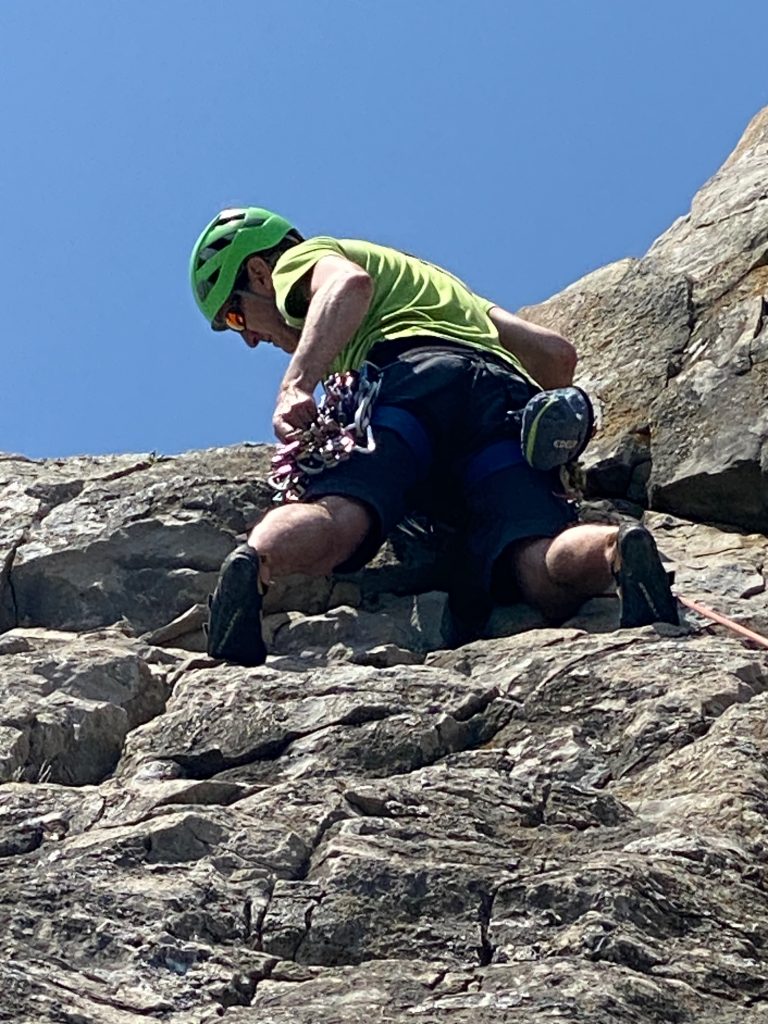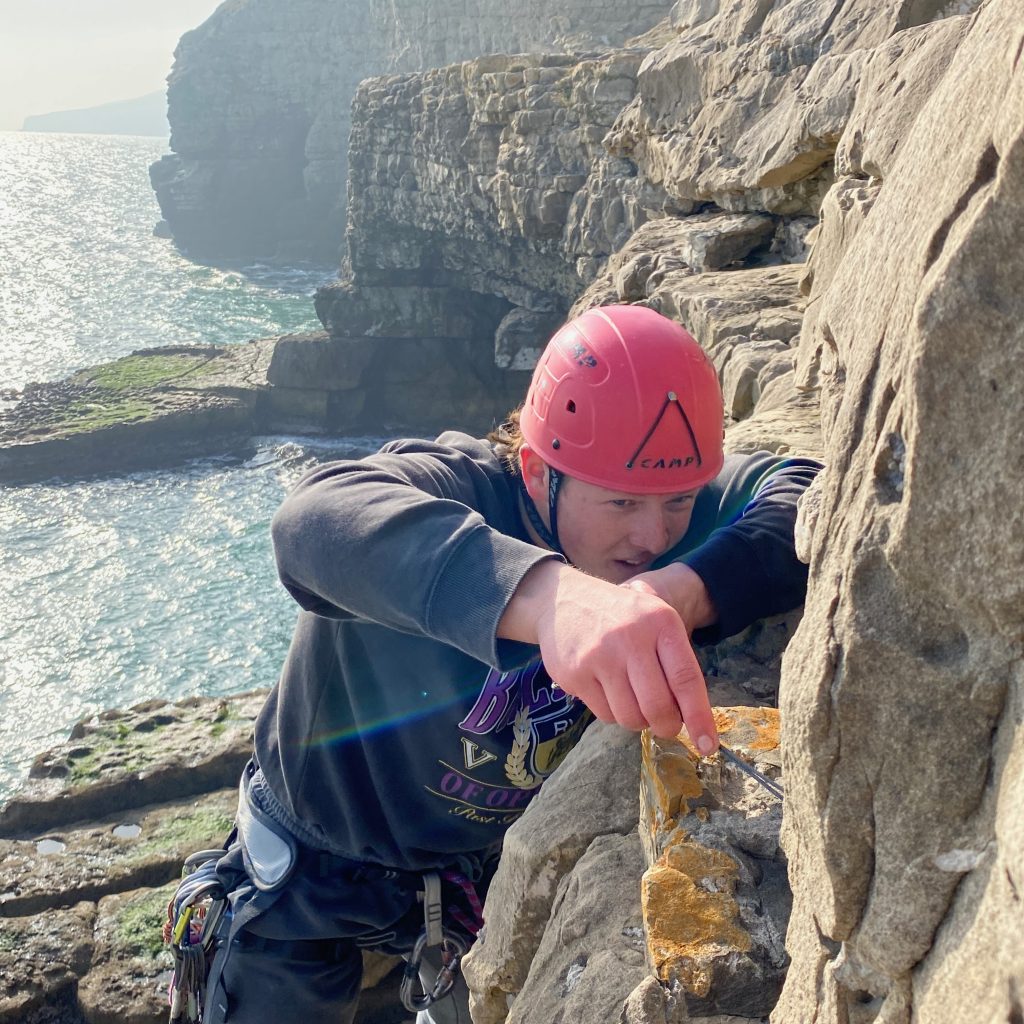In the ever-evolving world of rock climbing, where innovations and advancements seem to emerge at a rapid pace, traditional climbing gear, commonly referred to as “trad gear,” holds a special place. While sport climbing and bouldering have gained popularity for their emphasis on dynamic movements and intense physical challenges, trad climbing remains a timeless pursuit that captures the essence of adventure and self-reliance. In this blog post, we delve into the world of trad gear, exploring its significance, the unique skills it demands, and the enduring appeal it holds for climbers seeking a different kind of challenge.

Understanding Trad Climbing
Trad climbing, short for traditional climbing, is a discipline that places a premium on a climber’s ability to place and remove their own protection as they ascend a route. Unlike sport climbing, where fixed bolts are pre-installed in the rock, trad climbing involves the use of removable gear, such as nuts, cams, and slings, to secure the climber to the rock. This method requires a keen understanding of the terrain, solid rock assessment skills, and a knack for strategic gear placements.
The Gear
Nuts and Stoppers: These are passive protection devices that are wedged into constrictions or cracks in the rock. They come in various sizes and shapes, providing versatile options for different types of rock features.
Cams: Cams are spring-loaded devices that expand and contract to fit into cracks securely. They offer dynamic protection and are particularly useful in parallel-sided cracks.
Slings and Runners: These are used to extend the distance between protection points, reducing rope drag and ensuring a safer fall if one were to occur. Slings can be placed as protection in their own right by threading through holes in the rock, or just looping over suitable upward pointing rock features.
Hexes: Hexagonal-shaped protection devices are versatile and work well in irregular cracks. They provide an additional option for climbers to protect themselves in various rock formations.
The Skills
Gear Placement: Trad climbers must develop an acute eye for suitable placements. The ability to assess the rock and select the right piece of gear for the situation is crucial for a safe and successful ascent.
Anchor Building: Creating reliable anchors at the top of a climb is a fundamental skill in trad climbing. Climbers need to understand how to equalize different pieces of protection to ensure stability and safety.
Route Finding: Unlike sport climbing routes with predefined bolts, trad climbers often have to navigate the terrain and choose their path. This demands a deep understanding of the rock and the ability to read its features effectively.

The Appeal:
Adventure and Exploration: Trad climbing opens up a world of exploration, allowing climbers to venture into lesser-known areas where established routes may be scarce. The unpredictability of the terrain adds an element of adventure to each climb.
Self-Reliance: Trad climbers rely on their own skills and judgment to navigate the challenges presented by the rock. The sense of self-reliance fosters confidence and a deeper connection to the climbing experience.
Trad Community: The trad climbing community is often characterized by a shared love for the outdoors, a respect for the environment, and a willingness to embrace the challenges that come with this style of climbing. The camaraderie among trad climbers is unique and adds to the overall appeal of the discipline.
Would you like to progress further with our help? Then why not Book Some CoachingConclusion:
Trad climbing stands as a testament to the enduring spirit of adventure in rock climbing. As climbers continue to seek new challenges and push their limits, the art of placing and removing traditional protection remains a captivating pursuit. In a world that constantly evolves with technological advancements, trad gear represents a connection to the roots of climbing—a celebration of skill, intuition, and the raw beauty of the rock itself.
